Latinos in Libraries, Museums, and Archives
Latinos in Libraries, Museums, and Archives
Cultural Competence in Action! An Asset-Based Approach
Patricia Montiel-Overall, Annabelle Villaescusa Nuez, and Vernica Reyes-Escudero
Rowman & Littlefield
Lanham Boulder New York London
Published by Rowman & Littlefield
A wholly owned subsidiary of The Rowman & Littlefield Publishing Group, Inc.
4501 Forbes Boulevard, Suite 200, Lanham, Maryland 20706
www.rowman.com
Unit A, Whitacre Mews, 26-34 Stannary Street, London SE11 4AB
Copyright 2016 by Rowman & Littlefield Publishers, Inc.
All rights reserved. No part of this book may be reproduced in any form or by any electronic or mechanical means, including information storage and retrieval systems, without written permission from the publisher, except by a reviewer who may quote passages in a review.
British Library Cataloguing in Publication Information Available
Library of Congress Cataloging-in-Publication Data
Montiel-Overall, Patricia, author.
Latinos in libraries, museums, and archives : Cultural competence in action! An asset-based approach / Patricia Montiel-Overall, Annabelle Villaescusa Nuez, and Vernica Reyes-Escudero.
pages cm
Includes bibliographical references and index.
ISBN 978-1-4422-5849-5 (hardcover : alk. paper) ISBN 978-1-4422-5850-1 (pbk. : alk. paper) ISBN 978-1-4422-5851-8 (ebook)
1. Hispanic Americans and libraries. 2. Cultural competenceUnited States. 3. Hispanic AmericansInformation services. 4. Hispanic AmericansArchives. 5. Hispanic AmericansMuseums. 6. MulticulturalismUnited States. I. Nuez, Annabelle Villaescusa, author. II. Reyes-Escudero, Vernica, author. III. Title.
Z711.92.H56M66 2016
027.6'3dc23
2015030528
 The paper used in this publication meets the minimum requirements of American National Standard for Information SciencesPermanence of Paper for Printed Library Materials, ANSI/NISO Z39.48-1992.
The paper used in this publication meets the minimum requirements of American National Standard for Information SciencesPermanence of Paper for Printed Library Materials, ANSI/NISO Z39.48-1992.
Printed in the United States of America
Contents
Foreword
Latinos in Libraries, Museums, and Archives is for anyone interested in developing cultural competence and understanding culture because it takes a different and more positive approach to working with Latinos within ones own organization. Although designed for library and information science (LIS) staff, everything in this book is applicable to every profession.
Much has been written about Latinos and cultural competence; however, Latinos in Libraries, Museums, and Archives applies a different focus on cultural competence by emphasizing the strengths and potential that cultural competence brings to the LIS profession in serving its diverse, multicultural communities (whether the community is defined as an academic, public, or school library, or a museum or archives). This book uses the asset-based model to help LIS professionals understand cultural competence and how to work to instill and integrate it into our LIS communities.
Helpful to readers is the domain approach. Using the cognitive, interpersonal, and environmental domains, readers are not only able to recognize and understand the crucial elements of cultural competence, but also how to use these domains as a means of self-reflection (and some assessment) relative to how the readers individual organizations measure up to infusing cultural competence into these organizations. The authors do an excellent job of walking readers through this approach.
The text concentrates on multi-type libraries, museums, and archives, and the strengths that the Latino community brings to each of these institutions; it emphasizes how important it is for librarians, curators, and archivists to work in partnership with their respective communities for the good of their Latino users and patrons.
Any book that shares best practices provides readers with additional information for incorporating cultural competence into their local system. Latinos in Libraries, Museums, and Archives provides overall best practices in services, programs, and resources for each of the institutions/library types covered in the text. Readers can then adapt and replicate these practices to fit their individual libraries, museums, and/or archives.
A good example of the asset-based approach is detailed in the chapter on health. The authors describe and incorporate Latino health assets and leveraging those assets within the LIS profession relative to health information services. Readers will walk away with a much better and broader concept of library and information services in the health fields and ways to develop and maintain cultural competence.
Another strength of this book is reflected in sharing the results of the interviews of Latino academic librarians who provide their experiences in the struggle for the integration of cultural competence. Whats important to keep in mind is that what they share can be applied to any library type and any institution or organization.
Oftentimes when we deal with a topic like cultural competence, we find ourselves defending the need for such competencies. The breadth of appeal of this book is such that our message is no longer just to the choir. Latinos in Libraries, Museums, and Archives is a must read for gaining a better understanding of and dealing with the complexities of incorporating cultural competence in the LIS profession. The practical applications for dealing with various topics make this book invaluable. I will certainly be using aspects of it in the workshops I present on cultural competence.
Dr. Camila A. Alire
Dean Emerita
University of New Mexico and Colorado State University
President, American Library Association, 20092010
Acknowledgments
We would like to thank the many colleagues, friends, and family members who provided their support and encouragement throughout the writing of this book. A special thanks to reviewers, and those interviewed for the book for sharing their stories and experiences with us.
Preface
Cultural competence has been discussed in the literature of various disciplines for more than four decades. Discussions have concentrated on such questions as, How do we meet the needs of a growing population of minorities in the United States? How do we close the gap in disparities between minorities and mainstream groups? How do we solve their educational, health, and social problems? Although there have been significant efforts to narrow the gap by increasing funds for those at risk, too little improvement is evident. Indeed, the disparities between cultural groups sometimes seem greater today than ever before. While attention to disparities is important and has helped society concentrate on the unmet needs of minorities, little change can be expected until the underlying reasons for the disparities are openly discussed.
We wrote Latinos in Libraries, Museums, and Archives: Cultural Competence in Action! An Asset-Based Approach to open a discussion with library and information science (LIS) professionals about the ways in which mainstream society, including the LIS profession, undervalues Latinos, particularly their language and culture. Latinos are increasingly losing ground in academic achievement and access to information and health care; however, sociopolitical and sociocultural factors play major roles in the inequity gap. At the top of the list is societal intolerance of speakers with accents, which may evoke images of poverty and difference. In the United States, people with French accents, for example, encounter almost none of the negative attitudes directed at those who speak Spanish or English with a Spanish accent. Spanish is treated as a second-class-status language instead of an asset.
Next page
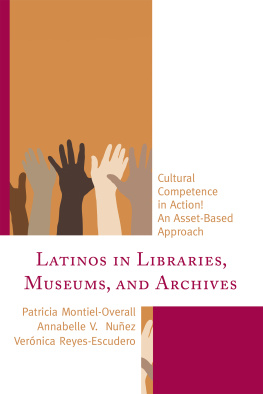
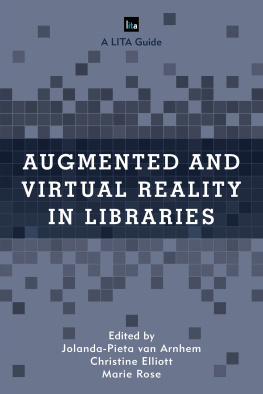

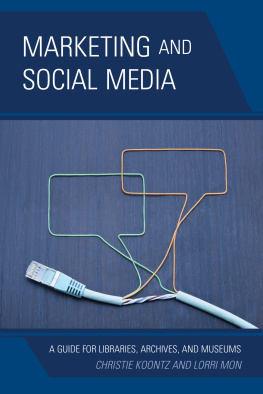
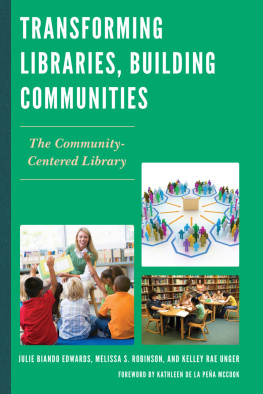
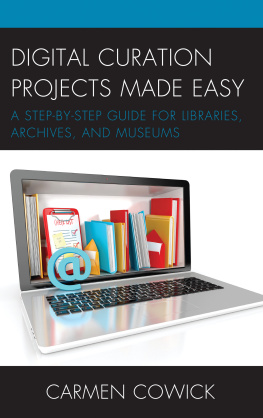

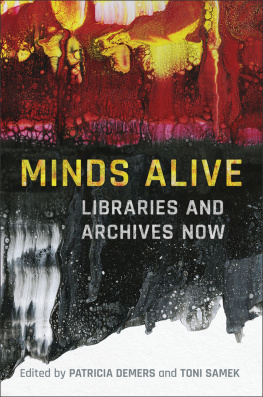
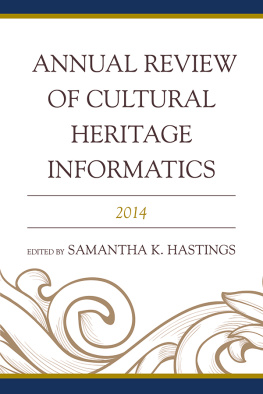
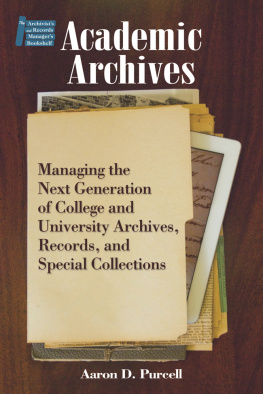
 The paper used in this publication meets the minimum requirements of American National Standard for Information SciencesPermanence of Paper for Printed Library Materials, ANSI/NISO Z39.48-1992.
The paper used in this publication meets the minimum requirements of American National Standard for Information SciencesPermanence of Paper for Printed Library Materials, ANSI/NISO Z39.48-1992.